Loved "This is a Robbery"? Wait Until You Hear All the Other Crazy Stories About the Isabella Stewart Gardner Museum
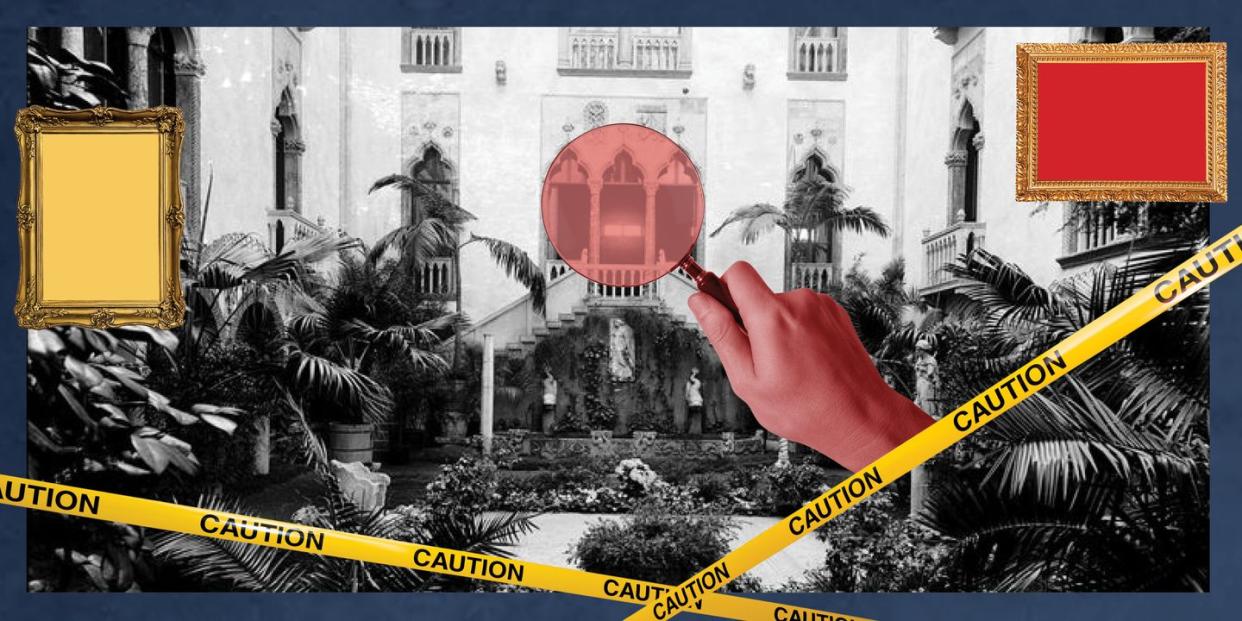
- Oops!Something went wrong.Please try again later.
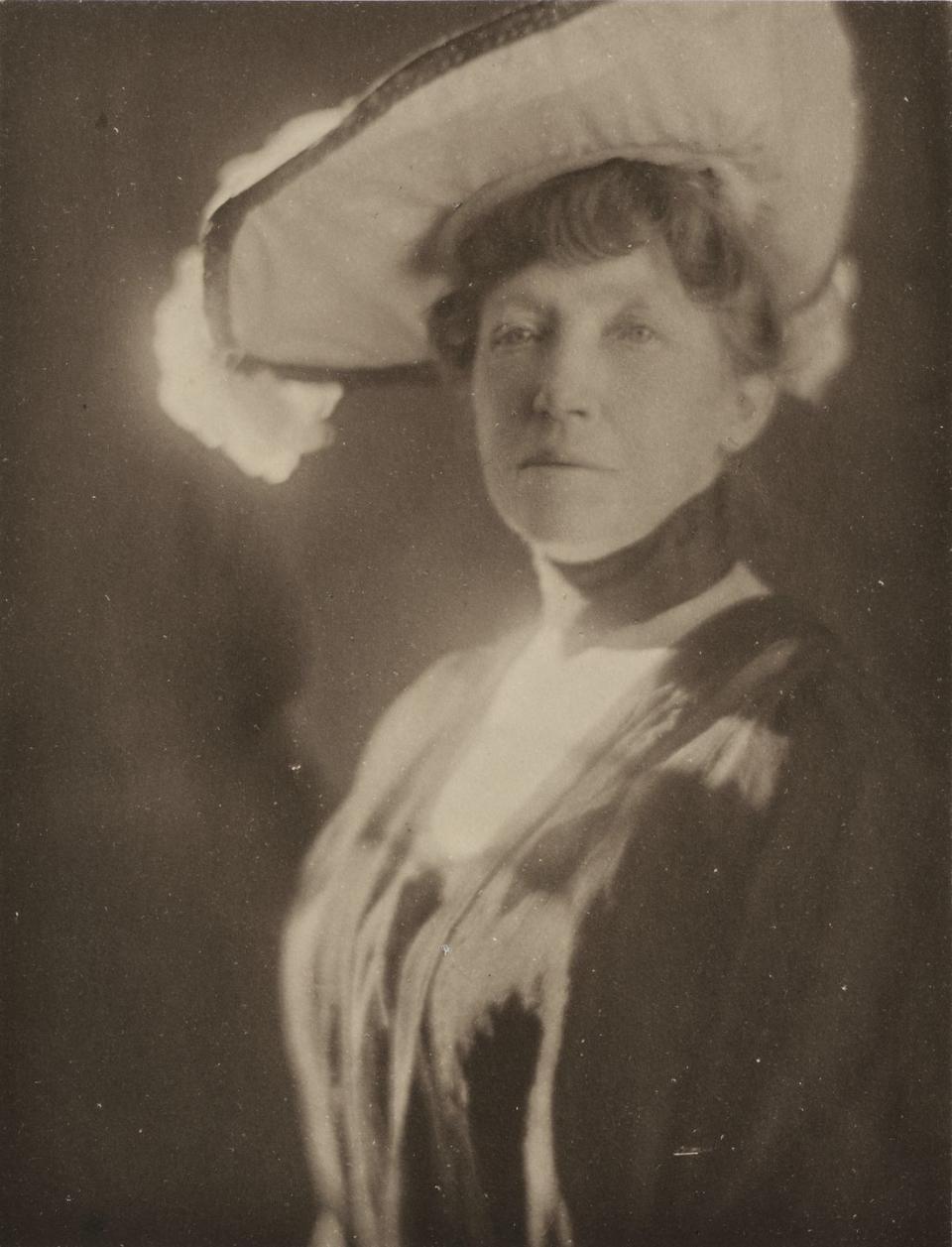
This story contains some spoilers for Netflix's This Is a Robbery: The World's Biggest Art Heist.
Avid TV binge-watchers (and art history fanatics) know there’s a new true-crime docuseries in town. Netflix’s This Is a Robbery: The World's Biggest Art Heist, which launched on the streaming platform on April 7, is about, well, the world’s biggest art heist. In 1990, two thieves dressed as police officers broke into Boston’s Isabella Stewart Gardner Museum, making off with millions of dollars worth of art, including Rembrandt’s only known seascape and one of the few dozen Vermeer paintings in the world. The works remain missing today, with very few leads on who did it and where the art might be.
While the heist is undoubtedly the museum's most headline-making moment, at least to a contemporary audience, we think there’s a bigger story to be told: that of the vivacious, enigmatic Isabella Stewart Gardner herself, a disrupter of Boston’s high society and art collector extraordinaire.
Born in 1840 to a wealthy family, Isabella grew up in New York before attending finishing school in Paris. Returning stateside, she married John Lowell "Jack" Gardner, who whisked her up to his native Boston. “I think she had kind of a hard time when she first came to Boston because it was a somewhat chillier social atmosphere than she was used to,” says Patricia Vigderman, author of The Memory Palace of Isabella Stewart Gardner.
So, being the confident young woman she was, Isabella made her own fun. Unlike most proper ladies in Boston, she was drawn to sports, hosting private boxing matches in her home and rooting for her beloved Red Sox. (She made tabloid headlines when she wore Red Sox regalia to a Boston Symphony Orchestra concert.) She once walked a lion around town on a leash, just because. And she loved going to cabaret shows, which might have inspired her to don her own risqué apparel.
Frequenting fashion-forward Paris, Isabella had entire wardrobes made by couturier Charles Frederick Worth, who used low necklines and tight waists in his dresses—not something a proper Bostonian would wear. But Isabella paid no mind to Boston trends: “Once she was at a party, and she's coming up the stairs, and a gentleman looks at her in this rather revealing gown and says, ‘Well, who undressed you?” And she says, ‘Worth, didn't he do it well?” recounts Vigderman. “She was completely unfazed.”
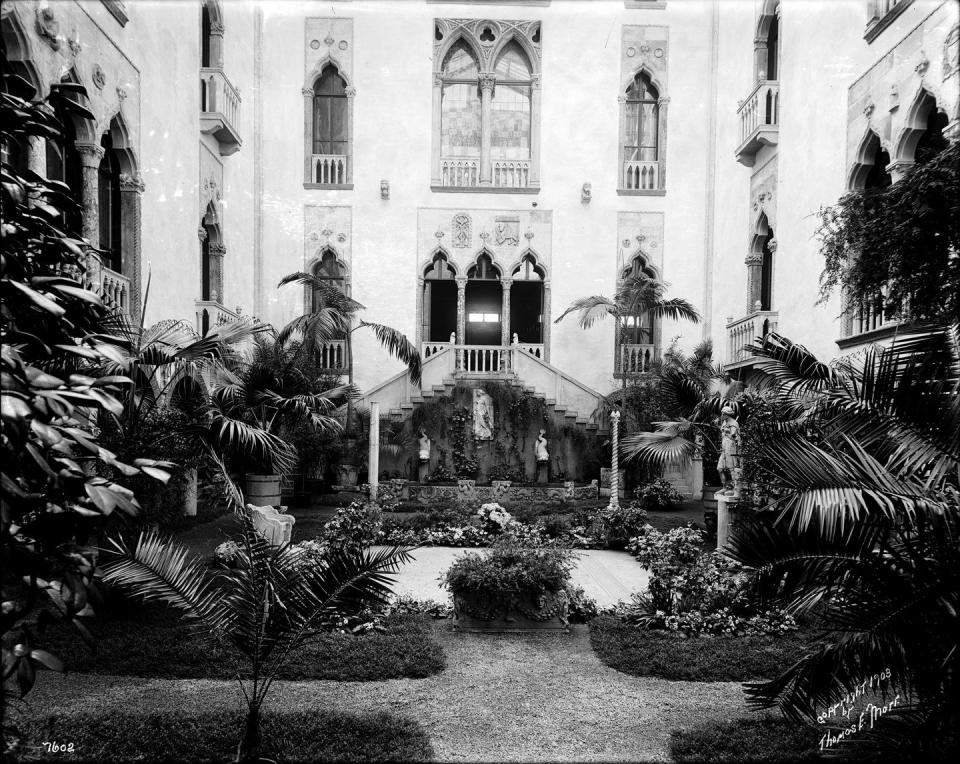
Her daring wardrobe has even been eternalized in paintings—Isabella sat (or rather stood) for John Singer Sargent, wearing a black gown that revealed quite a bit of skin for a 19th-century woman. “Jack, who in many, many ways was incredibly supportive of his wife and all that she wanted to do, really didn't like the portrait,” laughs Diana Greenwald, a curator at the Isabella Stewart Gardner Museum and coauthor of an upcoming book about the institution’s eponymous founder.
For all her social unorthodoxy, Isabella was also an intellectual, fluent in both French and Italian, who ran in scholarly social circles who read Dante for their book club. And, of course, she was an avid art collector.

Building a museum, however, was not initially one of Isabella’s main goals. The idea had its roots in tragedy: Isabella and Jack had a son, Jackie, who died when he was two—a devastating blow to the couple, and Isabella, in particular, who fell into depression. “What was prescribed for depression those days was a trip to Europe,” says Vigderman. "Isabella was so weak that she had to be carried onto the boat on a mattress. But six months later she came back with a passion for art, which became the center of her life after that.”
Between 1867 and the 1890s, Isabella and Jack would travel the world, from Northern Europe to Southeast Asia, collecting not only paintings and drawings, but all sorts of visual elements, from architectural details like windowsills and tiles to crafted goods like lace. (Isabella, alongside her good friend Mary Berenson, enjoyed skirting U.S. customs officers when importing their collected works from abroad, according to Vigderman.)
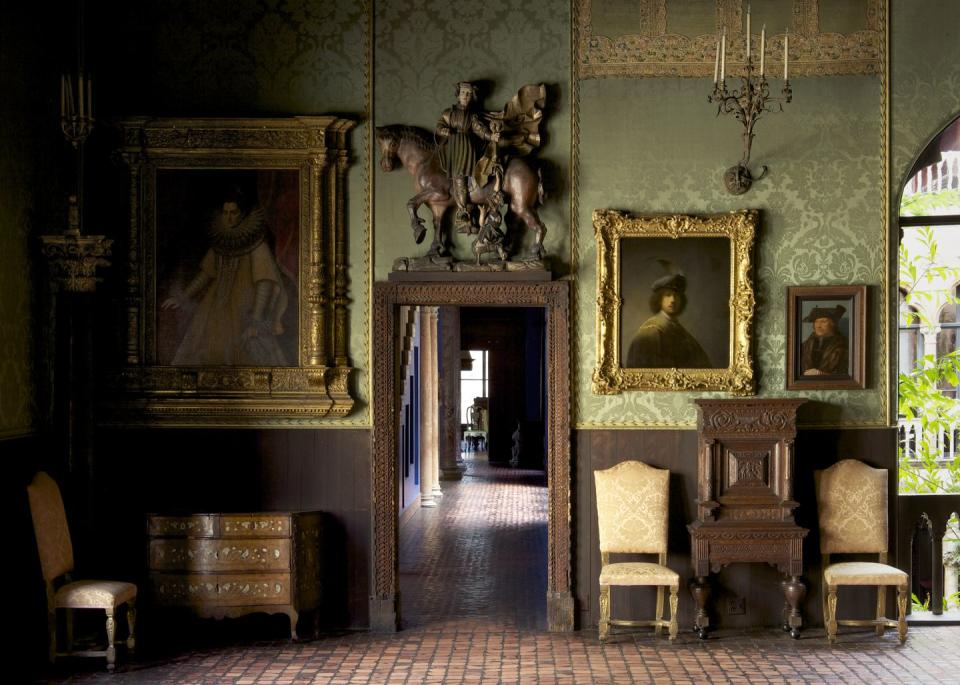
“People don't always realize that the museum wasn't the folly of a young person who's gathering knickknacks,” says Greenwald. “It's really the product of a woman who has lived a very full life, who had seen a range of experiences and places and people, and brings that all to bear on forming the museum.”
The couple initially displayed their trove in their home, but soon they needed more space—and so the Isabella Stewart Gardner Museum was born. “Isabella was actually in favor of creating the museum in their Back Bay home that they were living in, but Jack was in favor of building a purpose-built place in the Fenway, where there was nothing at the time,” says Greenwald.
Amid the planning, Jack died unexpectedly in 1898. “Within a couple of months of Jack's death, Isabella buys the land that he would have wanted to build the museum,” Greenwald says. “I think that tells you something about her sincerity.”
When it came to developing the museum, Isabella threw herself into the process, including construction. She spent every day at the construction site, lunch pail in hand and pet dogs in tow, working closely with the laborers to realize her vision—an Italian palazzo brought to Boston. (She actually imported parts of a real palazzo to create the building, including its stunning interior courtyard.) “The whole thing is put together as a kind of a drama,” says Vigderman.
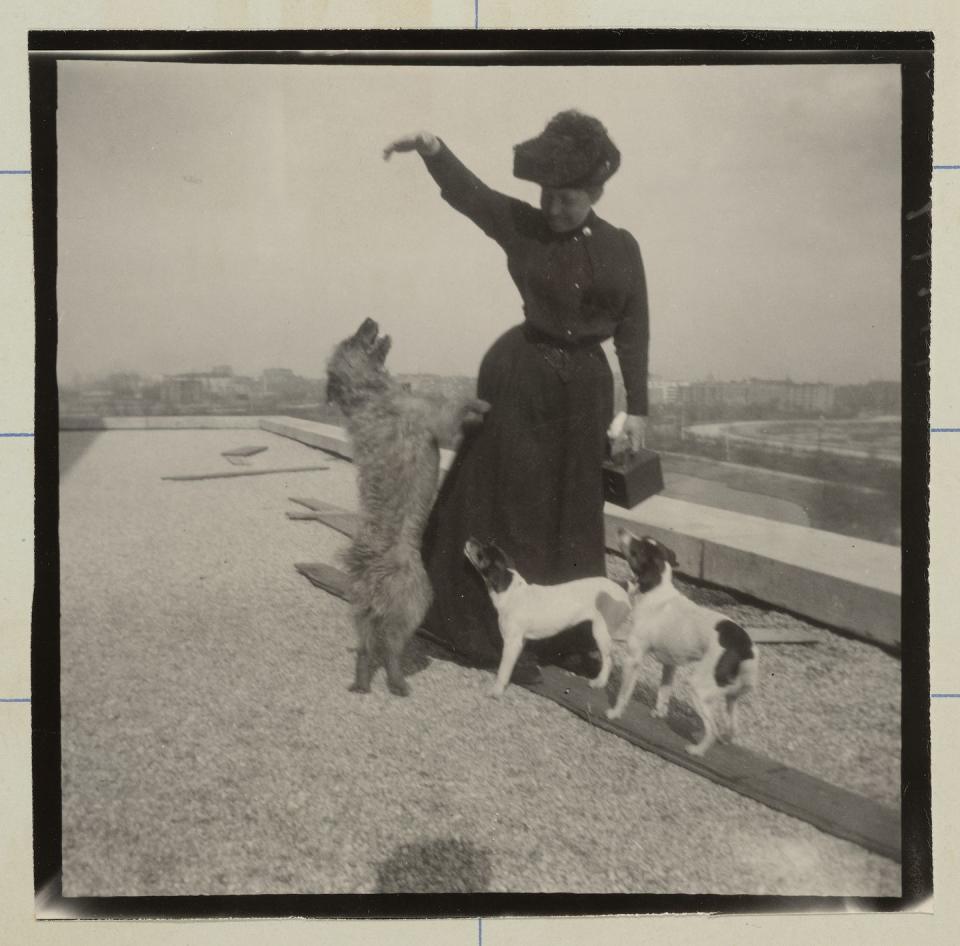
Curatorially, Isabella had a mind of her own, choosing to install her collection in an experiential manner rather than an educational one. Rooms are filled with art and furniture to create a scene, an ambience, a vignette.
“Other museums at the time, and you could say even now, are presenting a narrative about art, how it developed over time and place. What's amazing about the Gardner is there's none of that order,” says Greenwald, who, as a curator herself, is drawn to that uniqueness. “The experiences that each person can bring to those rooms and the narratives that you can find in those installations are infinite. It really is just teasing out what today's story is, or what the story is for this visitor.”
And many of her installations present quite intriguing little stories. Vigderman points out that in the room with Titian’s Rape of Europa, Isabella has hung the fabric of one of her own party dresses. “What's the association that we're supposed to make there?” Vigderman asks.
In another cheeky curatorial anecdote, Isabella was clever with her placement of the aforementioned Sargent portrait. Knowing that her late husband didn’t approve of the painting, she installed it in a room that was originally closed off to the public. “However, the portrait is placed in a corner, on an angle where you can actually see it through the 14th- or 15th-century Spanish gate that was closing off the gallery,” notes Greenwald. “She had her way where it was actually kind of on view, but by the letter of the law, it was ‘off-view.’” Today, that gallery is open for visitors to peruse.
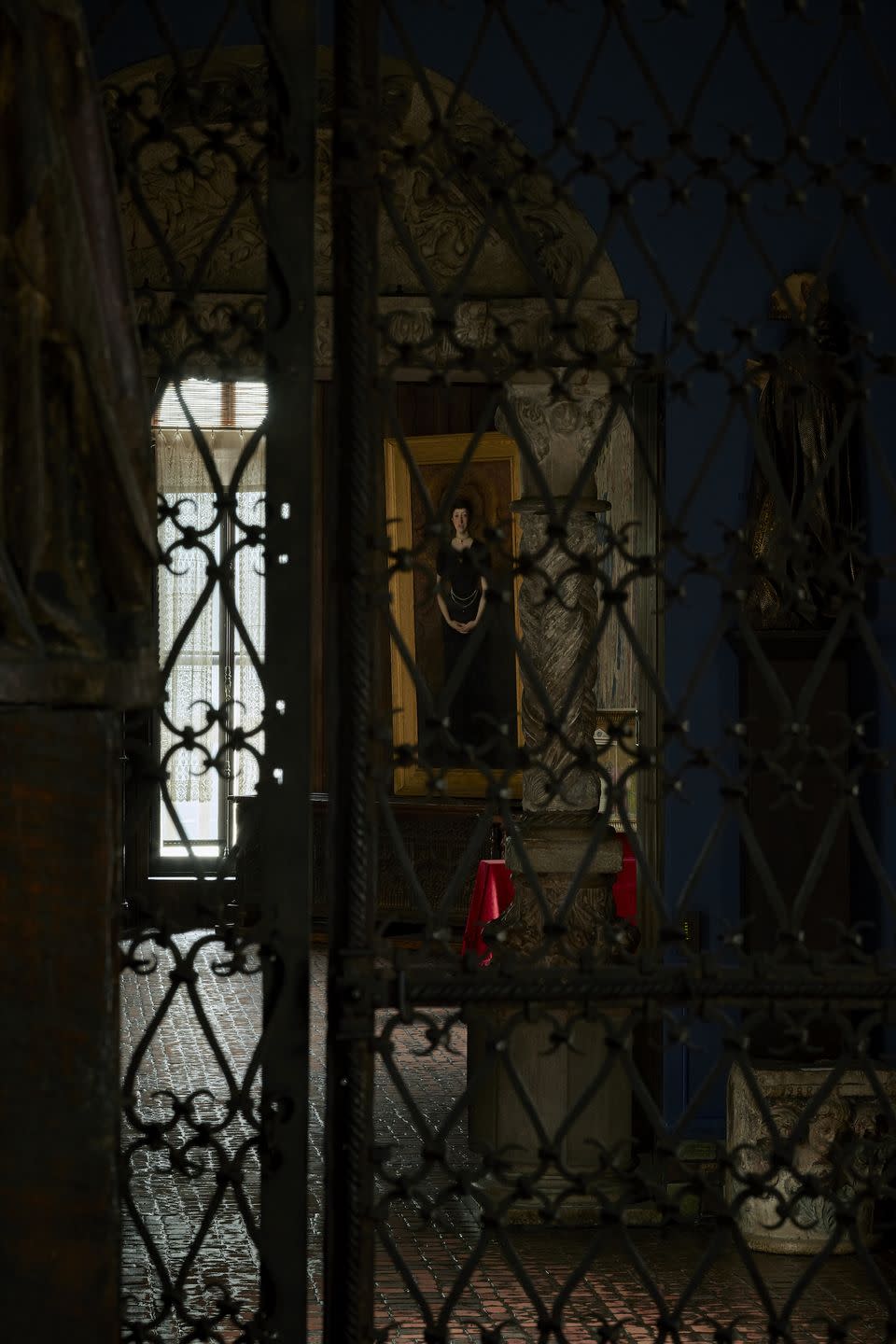
When the Gardner was finally approaching its moment of completion, Isabella—who, from the start, envisioned the building and its courtyard as a place to host events and musical performances, in addition to solely displaying art—wanted to test the acoustics, but was wary to open the museum to prying eyes too early. So, as Vigderman recounted in This Is a Robbery, she invited a group of students from Boston's Perkins School for the Blind to attest to the quality of sound without spoiling the museum's (visual) debut.
Given the effort Isabella put into the curation of her museum, it should come as little surprise that she would not willingly relinquish creative control of it, even after her death in 1924. Her will included one of the strictest mandates for an art collection in history, stipulating that the museum and her collection should never be permanently altered. That’s why post-heist, there are empty frames hanging on the wall where the stolen art once hung.
So what would Isabella think of it all—the robbery, the museum’s subsequent international fame, and the Netflix docuseries? Both Vigderman and Greenwald think she’d be aghast by the robbery. But given that her entire purpose in creating the museum was to share her art with the public, she might find a tiny bit of solace in knowing that the heist is bringing in visitors to this day, more than 30 years after the fact.
And if Isabella were alive at the time of the heist… “I'm sure she would have found the artworks right away,” says Greenwald. “She would have tracked them down.”
Follow House Beautiful on Instagram.
You Might Also Like

